
<<<<<<<<<< >>>>>>>>>>
|
Home page | Flights to Crete | Car rental in Crete | Holiday apartments | Info Crete | Road maps | Distances in Crete | Contact us |
|
|
||
|
<<<<<<<<<< >>>>>>>>>> |
||
|
Environmental information (climate and nature of Xerocampos) |
|
Whether you arrive from the winding road that descends from Ziros or instead have traveled the flatter provincial road that crosses Zakros, Xerocambos will present itself as a fairly flat valley full of olive groves.
In addition to the dominant olive groves here you will find prickly pears and fig trees, almond trees, tamarisks, Aleppo pines and spontaneous Mediterranean vegetation to which were added sub-tropical species such as palm trees, hibiscus, bouganvillea and ficus of various species, which have well acclimatized at this latitude (we are on the parallel of the Moroccan High Atlas) and thanks to the water coming from the sources dug in the 90s and the mild climate for a large part of the year have found an ideal situation that makes them lush and flowery
|
|
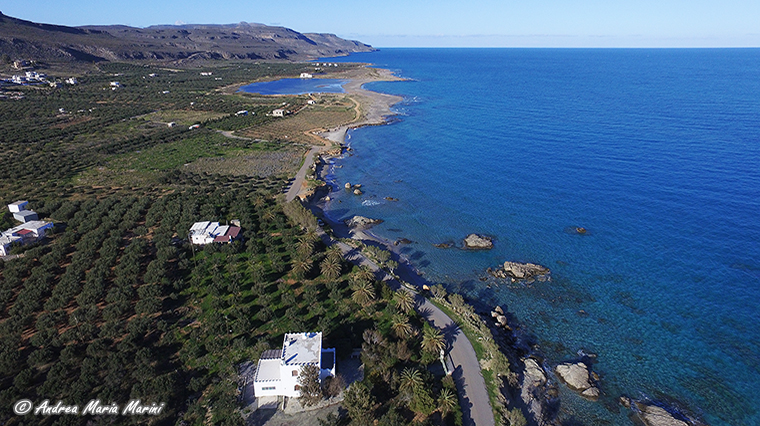 |
|
Tourist info
|
for long periods (also due to the exposure sheltered from the hills to the north and facing south-east/south/south-west).
These hills that protect and crown Xerocampos are instead semi-desert and characterized by rough rocky buttresses, reign of a very low vegetation where prevail aromatic plants with intense aromas such as thyme, oregano, sage, lavender and then brooms plants and many bulbous plants as asphodels and anemones (purple, white and pink that color all the hills from November onwards), lilies (which from the end of September fill the sandy coastal dunes), |
|
freesias, daffodils (which inaugurate the spring at the end of February) and a great variety of plants characteristic of the Mediterranean bush, all with the common characteristic of incredible resistance to drought and to the strong winds that are common here in some seasons.
The picture that derives from it is that of a harsh region, with a rough nature (such as when blows the wind called Meltemi swollen with the energy acquired in its path that knows no obstacles from the Dardanelles to this stretch of the east coast of Crete) and with an often hostile environment (like when it does not rain for 6/7 months and the clouds seem to find the right place here, in Xerocampos, to dissolve and die).
Beautiful is its coast, about 6 km long, characterized by many sandy beaches or composed of dark pebbles and then by different cliffs and crystalline sea, with a quality of the water that does not fear comparisons thanks not only to the low population presence inland but also to sea currents that are mostly directed towards the open sea and which therefore rarely carry polluting materials in this stretch of coastline. |
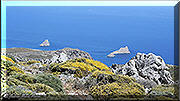 |
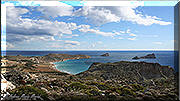 |
|
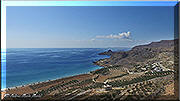 |
|
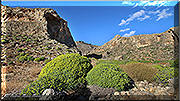 |
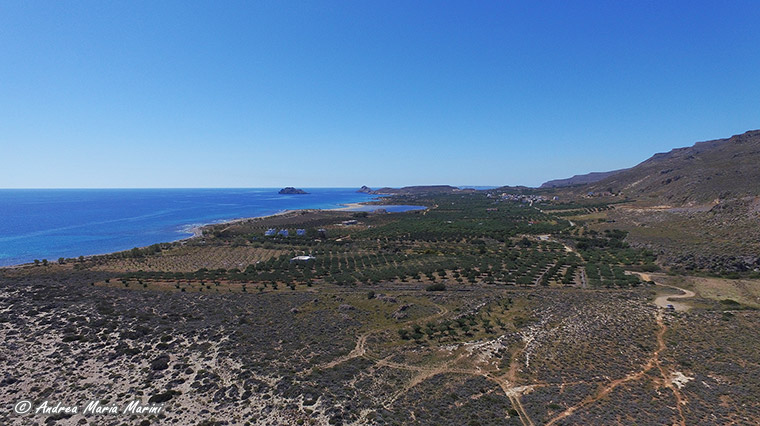 |
|
To conclude this brief environmental space, one can not but mention the fauna that populates this area.
In a climate so dry there are no large mammals since there is no woodland that could accommodate them, here the measures are necessarily reduced (given the low vegetation in which they live) and so the most common wild animals are hares, mustelids of various kinds (weasels, martens, small skunks), porcupines and even some rare badger.
Common then are lizards and European green lizards (rather large these and a beautiful bright green color) and there are snakes (but never poisonous .... in Crete there are no vipers or other reptiles dangerous to humans).
Among the resident volatile are several species of birds of prey (owls, Athene owls, common buzzards, also sighted some griffon vulture), the inevitable seagulls, ravens and even some colony of bats. |
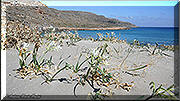 |
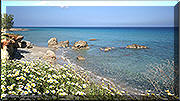 |
|
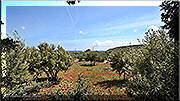 |
|
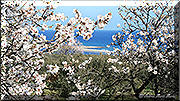 |
 |
|
Many are migratory birds, partridges, swallows, bee-eaters, turtledoves, crested woodpeckers, passerines of various species, egrets, herons, cormorants, storks, ducks but among the most significant (because here in Xerocampos nest on the Kavali Islands for several months) we find the Eleonora's falcons; have been photographed also rare groups of swans and flamingos that sometimes make a stopover in the Alatsolimni Lagoon.
The best season for migratory bird watching goes from the end of October to the first half of April, while to hope to witness the spawning of the Caretta caretta turtles (traditional visitors of the sandy coasts of the area) the best months are June and July, for the hatching of the nests you will have to wait then the end of August and September.
In practice ..... almost every month is good to come to spend a nature holiday in Xerocampos! |
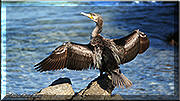 |
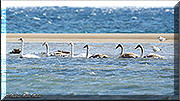 |
|
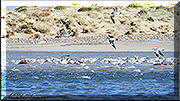 |
|
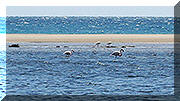 |
|
<<<<<<<<<< >>>>>>>>>> |
||
|
Car rental in Crete | Holiday apartments in Xerocampos | Photographic album of Xerocampos | Information |
||
|
©Andrea Maria Marini andrea18@otenet.gr - marinator2001@yahoo.com
Registered in the Register of the Touristic Companies of The Tourist Greek Organisation (EOT) since 25.09.2013 with authorization number 1040E 6061 01822 01 |
|
|
|
|
|